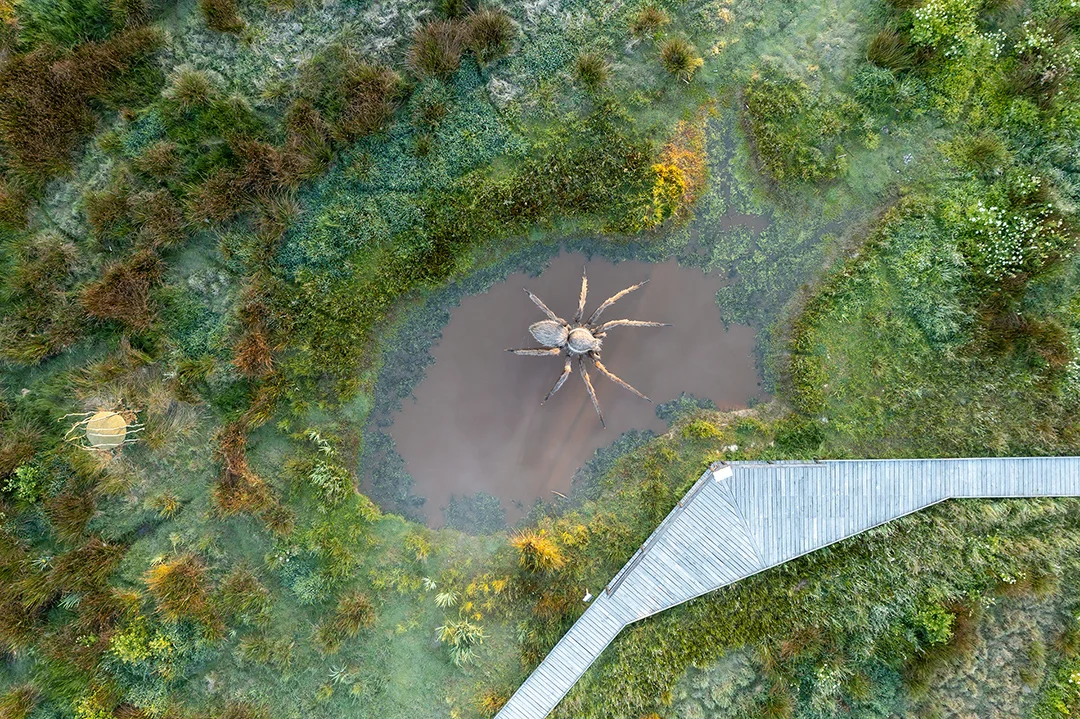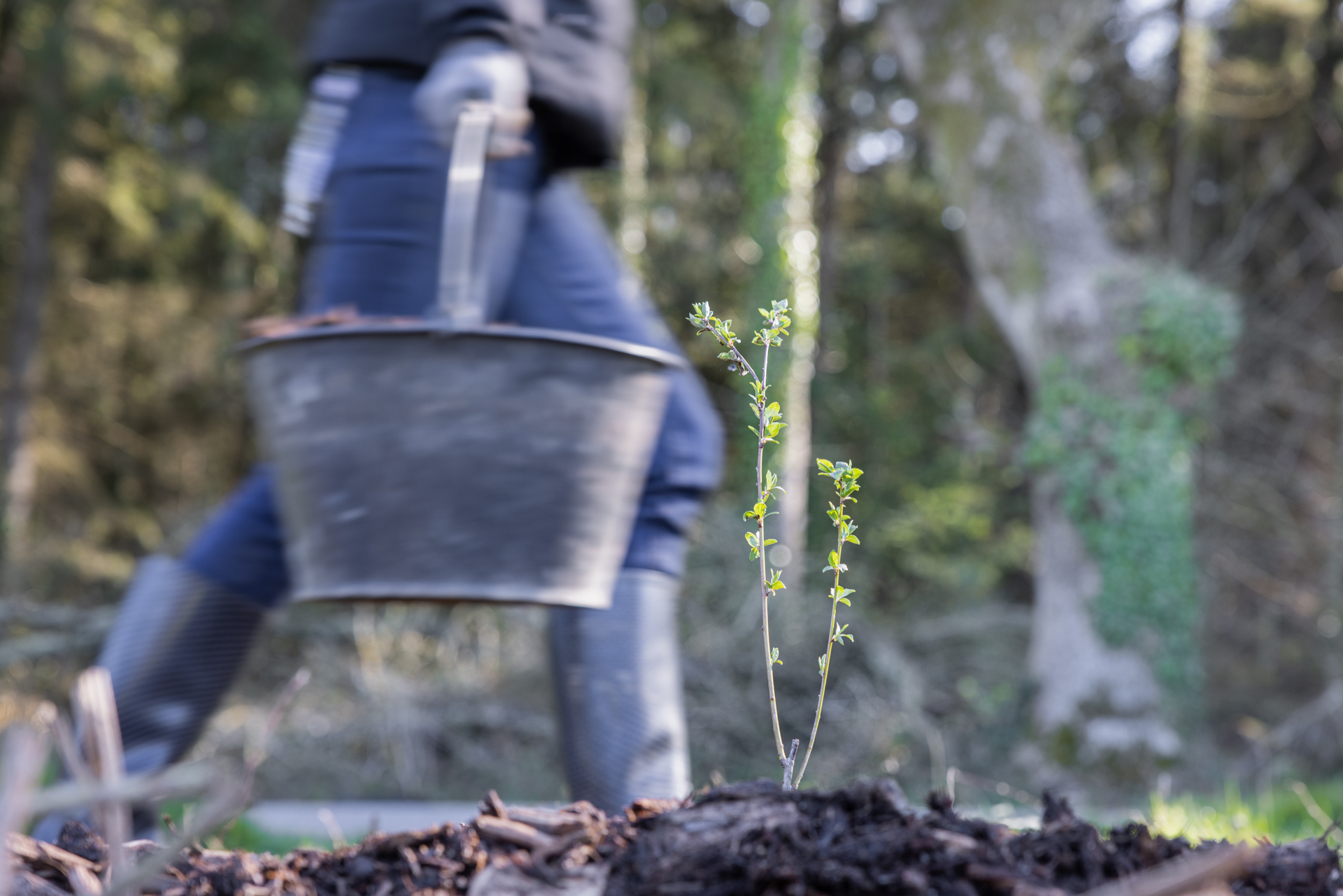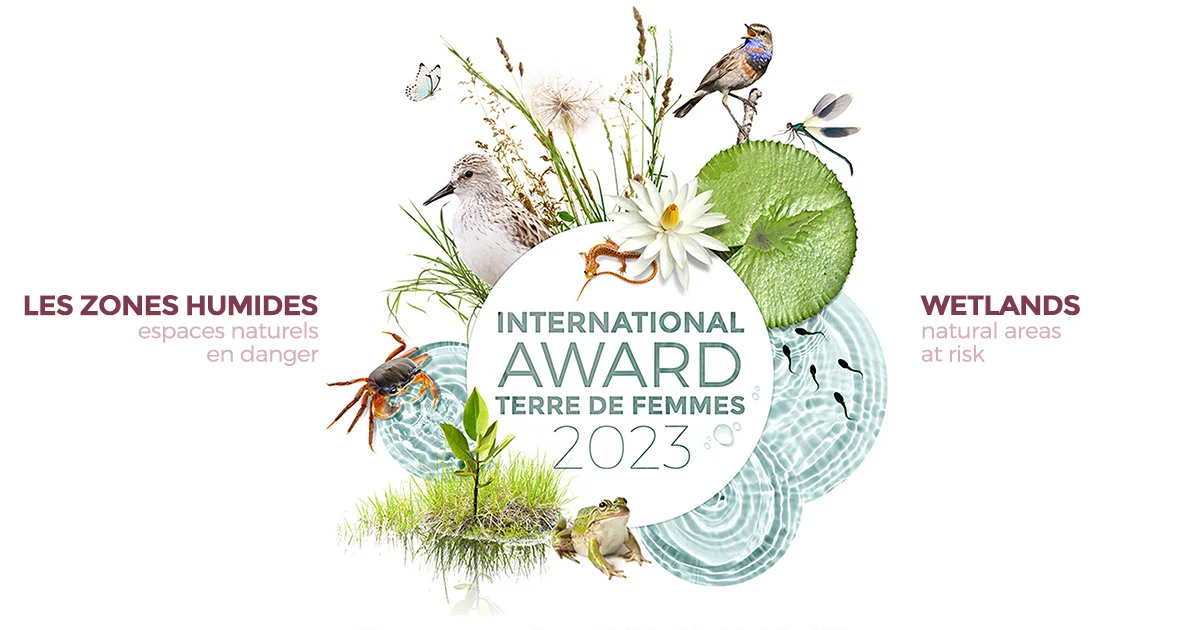What role does biodiversity play?
Being committed to biodiversity is at the heart of the Yves Rocher Foundation’s mission. This now-frequently used term is actually an essential indicator of our planet’s health. But what exactly is biodiversity or biological diversity? And why is it important to protect it? Read on to explore its origins and its importance for all living things, as well as the major issues that arise from it and concern us all.
What is biodiversity?
From biological diversity to biodiversity
Although biological diversity as a concept has existed since our planet was formed, the expression “Biological Diversity” first appeared in 1968 in the book A Different Kind of Country by scientist Raymond F. Dasmann. In 1980, Thomas Lovejoy, an American conservation biologist , introduced the term into scientific language and environmental policy when he published his book Conservation Biology. In 1986, it was changed to “biodiversity” by his colleague Walter G. Rosen during the National Forum on Biological Diversity. In 1988, the publication of a report following on from the Forum by naturalist Edward O. Wilson, entitled “Biodiversity”, helped to introduce the word into general parlance. It was finally popularised in 1992 during the Rio Earth Summit, during which the Convention on Biological Diversity was adopted.
A relatively recent definition
A definition was proposed in 1988 at the XVIIIth General Assembly of the International Union for Conservation of Nature (IUCN) in Costa Rica: “Biological diversity or biodiversity is the variety and variability of all living organisms. This includes genetic variability within a species and its population, variability between species and their forms of life, the diversity of complex associated species and their interactions and that of the ecological processes they influence or in which they are involved”.
As such, the term refers to all living beings on our planet – in other words, the many plant and animal species, including ourselves – and the interrelations between them and with their environment. Biodiversity comprises three interdependent levels:
- Ecosystem diversity: this refers to the diversity of ecosystems, i.e. living environments and the species they host.
- Species diversity: this refers to the number and abundance of species, including the human species, living in these environments.
- Genetic diversity: as its name indicates, this corresponds to the diversity of genes or individuals within the same species.
Interactions within and between these three levels are another essential constituent aspect of biodiversity.
A complex concept
Throughout the history of life on Earth, species have perpetually appeared and disappeared. It is impossible to quantify biodiversity on a global scale and fully understand ecosystems, species, genes and their interactions. Although the shared adoption of the term has amplified interest in environmental protection and action, it is not easy to understand, and it covers all kinds of different approaches, depending on business sectors, social groups and so on.
Why should we protect biodiversity?
Biodiversity's many services
The erosion of biodiversity and the urgent need to protect it are very real. Human beings and all living things in general are its beneficiaries, and it forms the essential link that allows them to continuously interact, providing a multitude of ecological services :
- Provisioning services: food, water, heating, materials, medicines, etc.
- Regulating services: oxygen, water and air purification, climate regulation, soil retention and plant pollination.
- Cultural services: well-being related to nature, art or leisure activities, spirituality, etc.
- Supporting services: soil formation, primary production, water and material cycles, and biodiversity conservation.
The main threats to biodiversity
The Intergovernmental Science-Policy Platform on Biodiversity and Ecosystem Services (IPBES) has identified five drivers of biodiversity degradation:
- Changes in land and sea use: destruction and fragmentation of habitats linked, in particular, to urbanisation and the development of transport infrastructure, etc.
- Direct exploitation of certain organisms: overexploitation of wild species (overfishing, poaching, deforestation, etc.)
- Climate change: changing species’ living conditions and forcing them to migrate or adapt their way of life, when not all of them are able to do so.
- Pollution: water, soil and air, as well as noise and light pollution, causing the destruction or alteration of ecosystems and species.
- Invasion of alien species: pressure on local species and dangers to ecosystems.
These threats considerably accelerate the extinction of many animal and plant species, and the erosion of biodiversity has adverse effects on human populations’ livelihoods, economy and quality of life.
Preserving biodiversity: an Yves Rocher Foundation commitment that extends beyond borders
Biodiversity Observatory in La Gacilly, Brittany
Human activity can exert significant pressure on biodiversity. This is the case for wetlands, which are in sharp decline despite the fact that many species, both animal and plant, depend on them. This is why the Yves Rocher Foundation wanted to commit, on a local level, to restoring the natural conditions this environment needs if it is to be revived.
Near La Gacilly in Brittany, the Observatory, an 8-hectare wetland meadow, has been rehabilitated thanks to restoration work which has included the removal of a poplar plantation. This has transformed the space into a meadow liable to flooding consistent with the local setting and drainage. Appropriate management has also been put in place, with delayed mowing and removal of green waste to avoid over-saturating the environment. All these measures and commitment from a group of non-profit organisations have enabled local biodiversity to develop, making the web of life much more complex than it was when the poplar plantation was in place while encouraging new species adapted to wetlands.
⏩ Explore the Biodiversity Observatory and its unique plants and wildlife
The Antrema Biocultural Site in Madagascar
Endemic to the island of Madagascar, lemurs are among the most vulnerable mammals on the planet. Traditional slash-and-burn farming, illegal felling and hunting are all pushing them further towards extinction, as well as eroding local biodiversity, which is tied closely to their species. Restoring their degraded habitat is therefore a priority if we are to preserve lemur populations and biodiversity.
To this end, the Yves Rocher Foundation wanted to help restore the Malagasy forest by getting involved in the Antrema programme, run jointly by local people and the National Museum of Natural History. The project aims to plant different tree species. On the one hand, there are rapid-growing species to meet local populations’ needs in particular places, while elsewhere there are endemic species ensuring the diversity of the local forest ecosystem. At the same time, the programme raises local people’s awareness of forestry protection and restoration while helping them learn and implement agroforestry techniques, as opposed to farming methods that are detrimental to biodiversity. Thanks to these efforts, 319,442 trees have already been planted.
These are just a couple of the many examples we could share with you. Given the massive decline in biodiversity, urgent action is needed. Whether we adopt small daily habits or get involved in targeted programs, we can all help and work together to save it.
⏩ Would you like to find out more about our tree planting programme in France and around the world? Explore the PlantForLife programme





